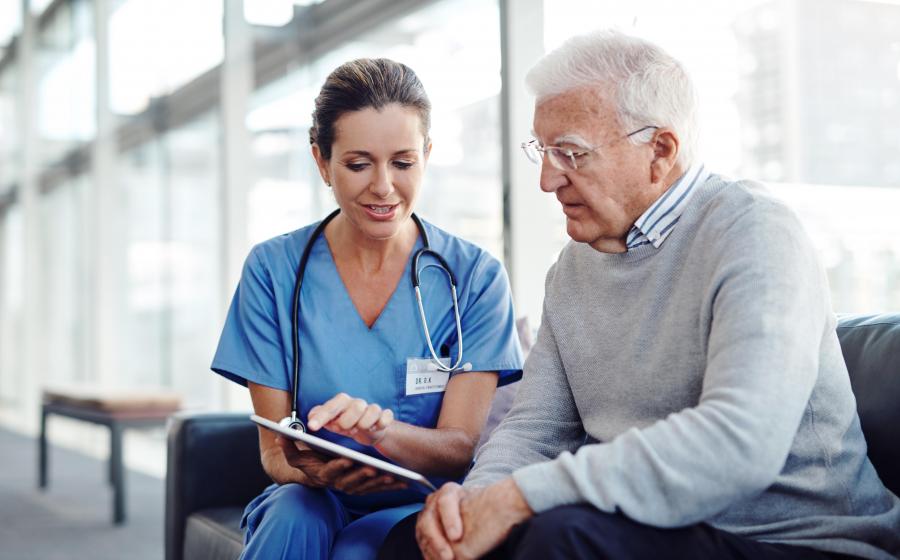Medicare Cuts Could Limit Access to Critical Lab Tests
(NewsUSA) - Medical tests done by clinical laboratories are an essential part of health care. However, repeated Medicare reimbursement cuts to clinical laboratory services could threaten patients’ access to common tests used to diagnose, monitor and manage serious diseases such as cancer, diabetes and heart disease.
- Medical tests done by clinical laboratories are an essential part of health care. However, repeated Medicare reimbursement cuts to clinical laboratory services could threaten patients’ access to common tests used to diagnose, monitor and manage serious diseases such as cancer, diabetes and heart disease.
A new campaign, called Stop Lab Cuts, is working to fix this problem and is urging Congress to pass the Saving Access to Laboratory Services Act (SALSA) this year.
SALSA is intended to reform the Protecting Access to Medicare Act (PAMA) passed by Congress in 2014, which has led to three rounds of payment cuts to laboratory services since the law was enacted.
PAMA put Medicare reimbursement for clinical laboratory tests on an unsustainable path of multiyear cuts and relied on a narrow sample of clinical laboratory test prices to set Medicare rates, according to the American Clinical Laboratory Association (ACLA), the national trade organization representing clinical laboratories that provide diagnostic services across the United States.
Congress has acknowledged the potentially harmful effects of PAMA and has taken bipartisan legislative action three times to delay cuts. Now, on the cusp of the next scheduled round of cuts, SALSA has been introduced to reform PAMA and protect access to laboratory tests, according to ACLA.
SALSA has support from both parties in the House and Senate and from patient, provider and hospital groups.
“Without congressional action this year, laboratories across the country will face a fourth round of cuts to reimbursement. These cuts could reduce access to testing and undermine the laboratory infrastructure essential for day-to-day care and needed to respond to emergencies such as COVID-19 and monkeypox. Ongoing cuts to payment will also stifle innovation and investment in new screening and diagnostic tests,” ACLA leadership said in a statement.
Reforms proposed in SALSA include:
- Ensuring that representative data is used in Clinical Laboratory Fee Schedule (CLFS) rates and alleviating the reporting burden on labs by using statistical sampling.
- Setting a limit of 5% on how much a CLFS rate could be increased or decreased from year to year.
- Improving the types of private payor data used to set CLFS rates.
- Increasing the length of time between data reporting from three years to four years.
America needs a strong clinical laboratory infrastructure to support the delivery of routine patient care, and passage of SALSA would help protect access to the most common laboratory tests on which so many of America’s seniors depend, according to ACLA.





